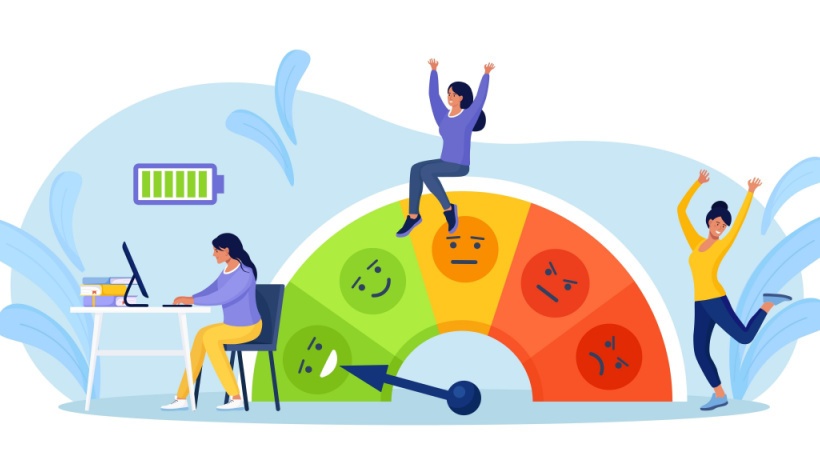An Engaged Workforce Shows Higher Revenue
We all know the importance of employee engagement. Forbes reports a 6% higher net profit margin for companies with an engaged workforce, and a five times higher shareholder return over five years than companies without an engaged workforce. And, according to a 2010 report from the Hay Group, companies with high levels of engagement can see revenue growth 2.5 times greater than their peers and a 40% reduction in staff turnover. Even knowing this doesn't necessarily mean organizations know how to engage employees or take the time to implement an engagement program.
Getting Started - Who Owns Employee Engagement?
The first question that comes to mind is who owns employee engagement? Engagement programs must align with onboarding, learning and development programs and performance management. This puts it squarely in HR / L&D. However, the ongoing success of an engaged workforce is the responsibility of senior leaders and managers who need to understand what engagement is and of the importance of regularly checking in with staff to provide support and listen to issues or concerns. For the learning organization, recognizing the connection between learning and employee engagement will help align all programs to improving engagement.
An employee engagement program is twofold:
- It needs to be planned, developed and implemented, most likely by HR.
- It is a learning challenge for HR to ensure the organization understands its importance and the culture supports it.
A study titled: The Drivers of Employee Engagement, completed by the Institute for Employment Studies (IES) found that employee engagement is the responsibility of both the employee and the organization. As much as the employer must engage the employee, it is the employee’s choice in how to respond in their level of engagement. This is a learning opportunity too. Employees should be proactive in helping themselves to learn about an organization and ask questions or seek support if needed.
As seen in the box below, Gallup has defined three levels of engagement. Dependent on where an employee is on the engagement spectrum should determine the type of programs directed to each individual. The first step in creating an engagement program is to identify and measure engagement levels to get a baseline to determine appropriate programs at each level.
Is there one group that should be the main focus and priority of an engagement program? The engaged group is already working at optimum output and motivation, however, you want to be sure not to lose this group to becoming not-engaged. The actively disengaged must be considered because they put a negative filter on others and the organization. And lastly, the not-engaged need to be reawakened where they can be made to feel needed and their skills and expertise utilized. So it’s important to focus on each group.
Collecting Data to Plan Emlpoyee Engagement Programs
One of the standards to gauge employee engagement is the Gallup’s Q12 questions listed below.
- Do I know what is expected of me at work?
- Do I have the materials and equipment that I need in order to do my work right?
- At work, do I have the opportunity to do what I do best every day?
- In the last seven days, have I received recognition or praise for doing good work?
- Does my supervisor, or someone at work, seem to care about me as a person?
- Is there someone at work who encourages my development?
- At work, do my opinions seem to count?
- Does the mission or purpose of my company make me feel that my job is important?
- Are my coworkers committed to doing quality work?
- Do I have a best friend at work?
- In the past six months, has someone at work talked to me about my progress?
- This past year, have I had opportunities at work to learn and grow?
The Institute for Employment Studies also identified what drives employee engagement, that is, what expectations do employees have in their role and ability to make a difference in the organization. They are:
- Involvement in decision making
- The extent to which employees feel able to voice their ideas, and managers listen to those views and value employees’ contributions
- The opportunities employees have to develop their jobs
- The extent to which the organization is concerned for employees’ health and well-being
Summary
As Human Resources and Learning and Development department plan an engagement program, these factors and the Q12 questions should be taken into consideration. All professional development programs and the organizational culture should align to the needs of an engaged employee. Prior to program roll-out, in order to ensure a successful engagement program, there should be an educational campaign to communicate to managers and senior leaders about the program and their responsibilities to it.







